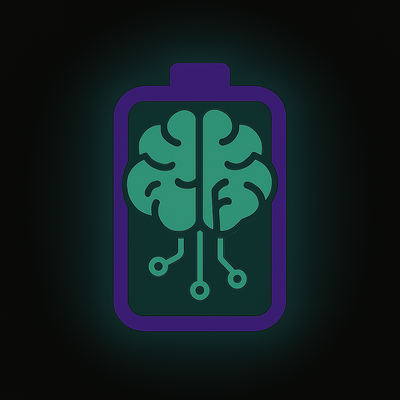Deep-cycle batteries are built tough they’re designed to be drained and recharged over and over again. But that doesn’t mean they’re indestructible. In fact, a lot of people unintentionally cut their battery’s life short by treating it like a regular car battery or forgetting a few key rules.
Here are the most common deep-cycle battery mistakes we see all the time plus how to avoid them so you get the most life, performance, and value out of your setup.
Mistake #1: Discharging Too Deep, Too Often
Deep-cycle batteries are meant to be discharged more than starter batteries but there’s still a limit.
- For flooded and AGM batteries, draining below 50% state of charge (around 12.1V for a 12V battery) shortens their lifespan significantly.
- Going down to 11.8V or lower regularly? You’re cutting that battery’s life in half (or worse).
What to Do:
- Keep discharges shallow when you can
- Use a battery monitor or voltmeter to track depth of discharge
Mistake #2: Using the Wrong Charger
Not all chargers are created equal and using a basic car charger on a deep-cycle battery can either undercharge it (leaving sulfation) or overcharge it (boiling electrolyte, cooking plates).
Some people try to charge AGM batteries with chargers meant for flooded batteries, which can cause long-term damage.
What to Do:
- Use a smart charger that supports multi-stage charging and AGM profiles (if applicable)
Mistake #3: Letting It Sit Discharged
One of the quickest ways to kill a deep-cycle battery is to let it sit dead for weeks or months. When the voltage drops below 12.0V and just stays there, sulfate crystals form and harden onto the plates. That’s called sulfation, and it’s the #1 killer of lead-acid batteries.
What to Do:
- Always recharge after use, don’t wait
- Use a maintainer if the battery will sit unused
Mistake #4: Not Checking Water Levels (Flooded Batteries Only)
If you’re using flooded lead-acid batteries (not sealed AGM or Gel), they lose a little water during each charge cycle especially under high voltage.
Letting the electrolyte level drop below the tops of the plates leads to exposed plates, corrosion, and permanent damage.
What to Do:
- Check water every 1–3 months
- Use distilled water only
- Top off after charging, not before
Tip: A battery watering system can save a ton of time in multi-battery setups.
Learn more about watering systems here.
Mistake #5: Mixing Batteries (Age, Size, or Type)
It might be tempting to mix an old battery with a new one, or AGM with flooded, or different sizes, but don’t.
- The older/weaker battery drags the rest down
- Different types have different charge/discharge rates
- It creates imbalance, heat, and premature failure
What to Do:
- Always replace batteries in matched pairs or banks
- Keep all batteries in a bank the same age, size, and type
Mistake #6: Poor Cable Connections
Loose, corroded, or undersized cables increase resistance and create heat. That can reduce charge efficiency, throw off voltage readings, and in bad cases, melt terminals or wires.
What to Do:
- Clean and tighten all terminals
- Use anti-corrosion grease on connections
- Use properly sized cables, don’t cheap out on wire gauge
Final Thoughts
Your deep-cycle battery is an investment and if you treat it right, it’ll pay you back with years of reliable power. But it only takes a few bad habits to shorten that lifespan drastically.
Quick Recap:
- Don’t discharge it too deep
- Use the right charger
- Keep it charged, even in storage
- Check water if it’s flooded
- Never mix mismatched batteries
- Keep cables clean and tight
Stick to those rules, and your battery bank will stay healthy and strong for years to come.

